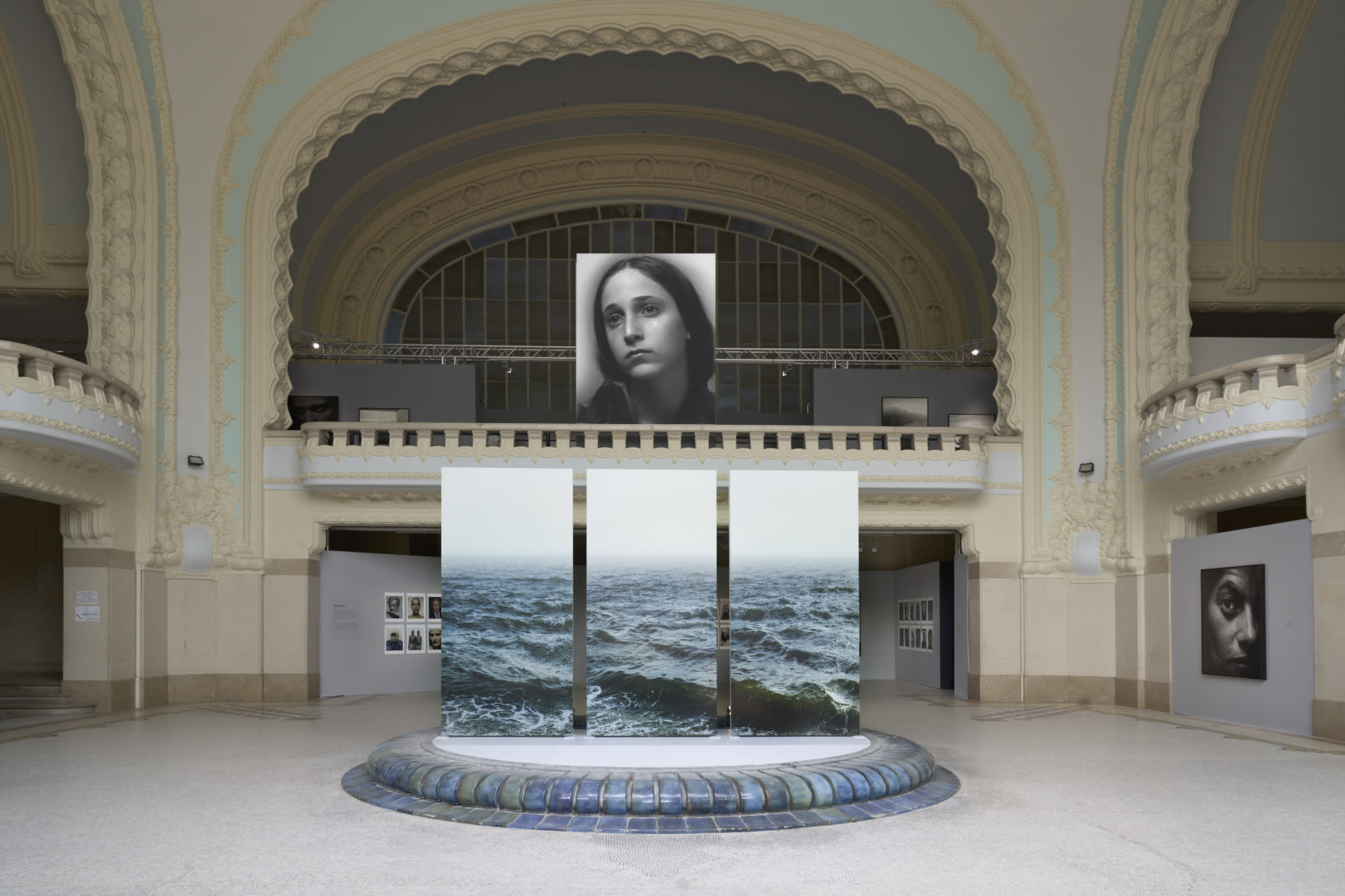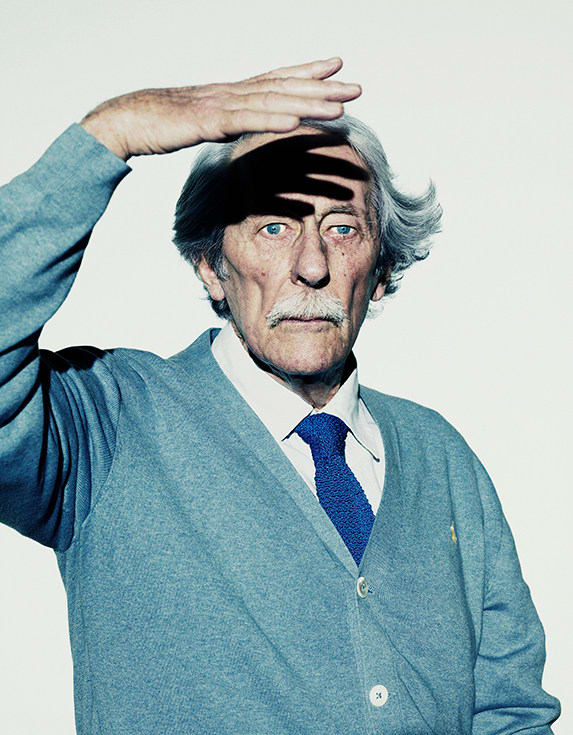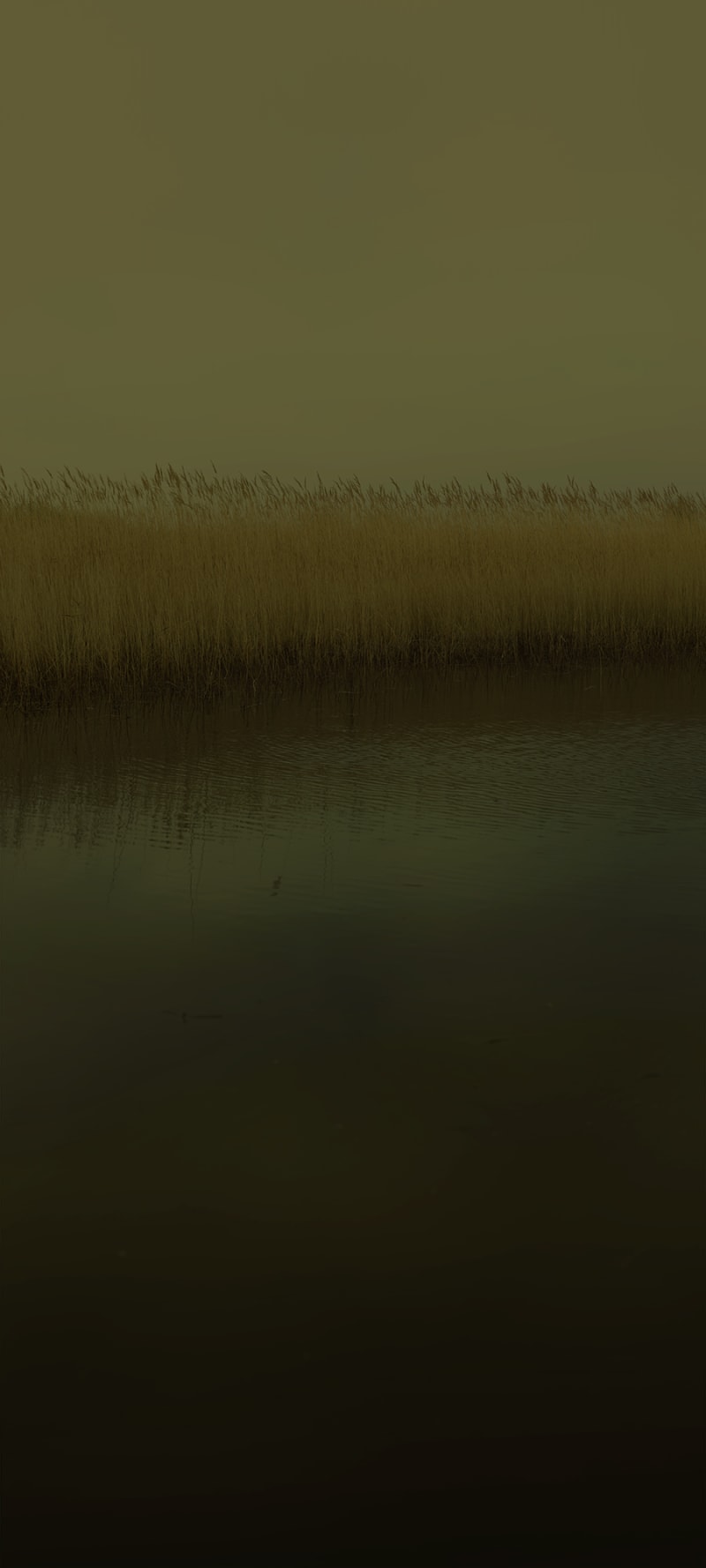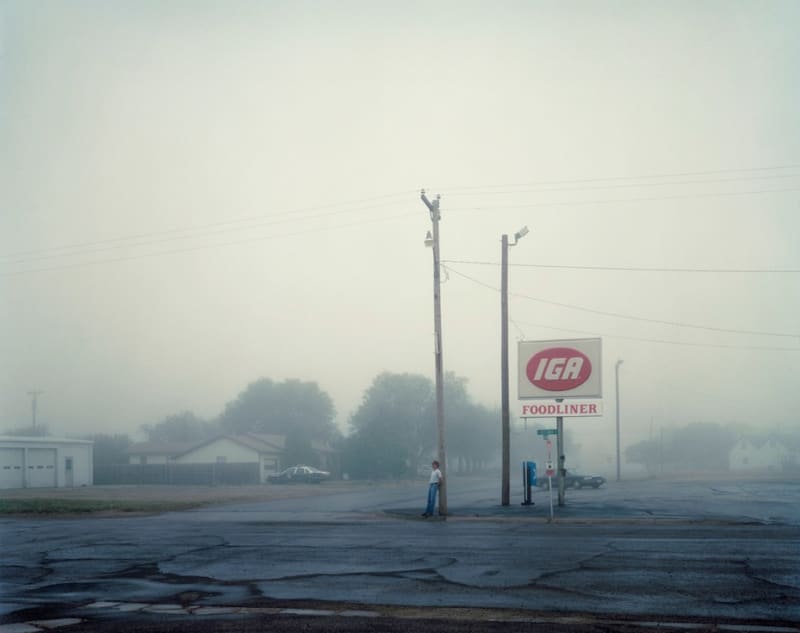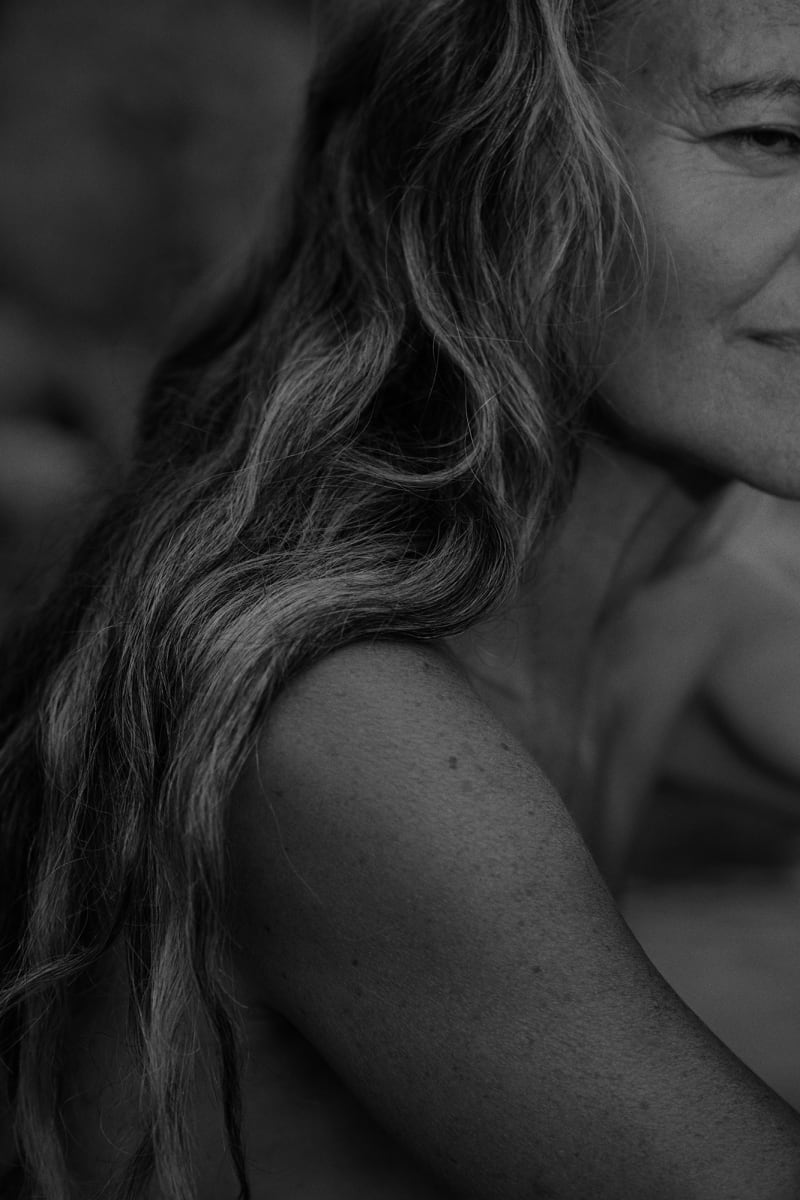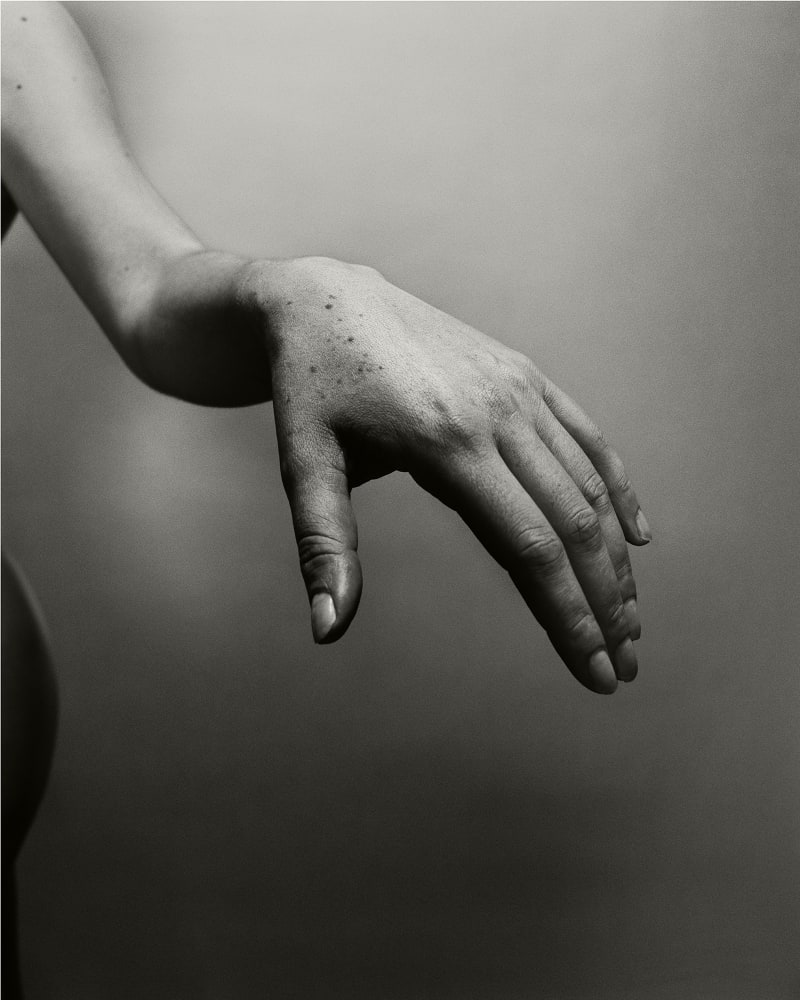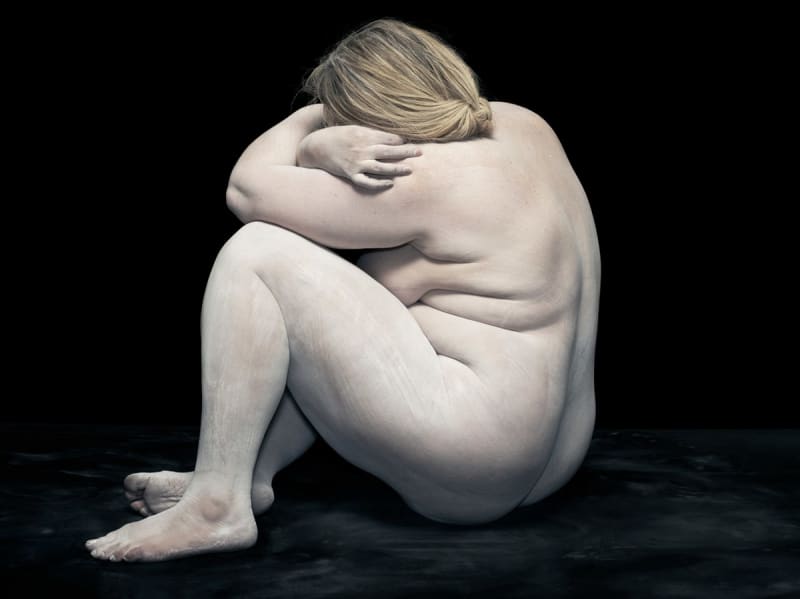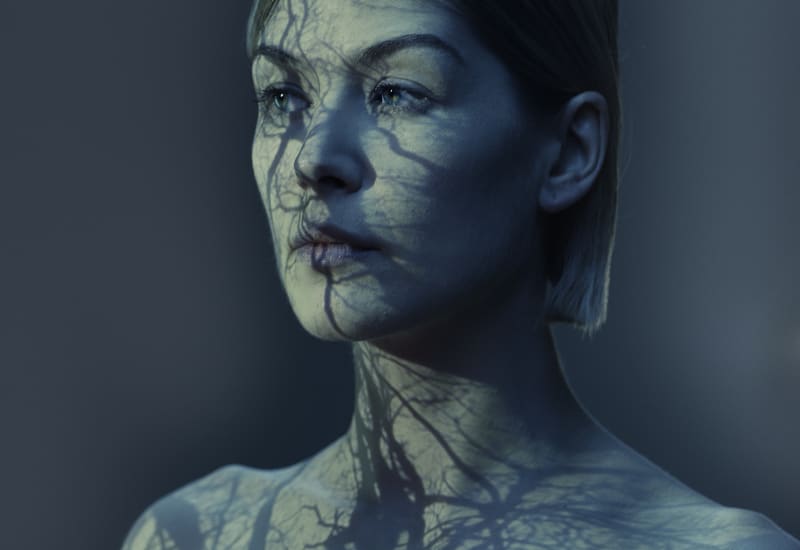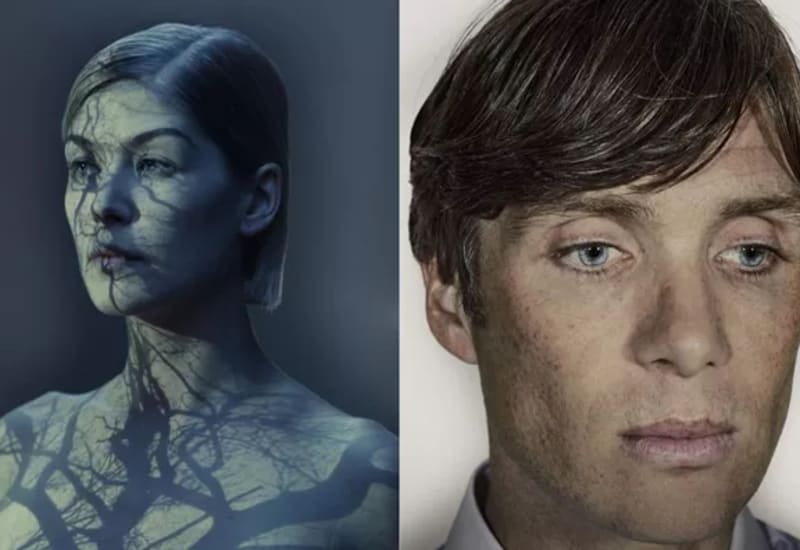Overview
Exploring selections from the series featured in the celebrated survey exhibition Nadav Kander: The Edge of Things at Grand Établissement Thermal, Vichy, this presentation is supported with text by writer and curator David Campany.
Despite the camera’s unrivalled ability to describe appearances and to stop time, Kander presents something else too, something that becomes known but cannot be seen, in the ceaseless passage of earthly time and human history. That which escapes the camera’s gaze is a source of disquiet. His work is pensive, laden with possibility. People and places are permitted to keep their secrets. There are images here that recall the histories of painting, sculpture, cinema and literature. There are images that seem to offer what only still photographs can. At one moment we might be encouraged to enter the illusionistic depths of a picture and imagine we were there, before the scene, with the artist himself. Another photograph will bring our eye to contemplate its flat, elusive surface, almost like a work of abstraction. Some images seem to hold almost cosmic measures of time, while others feel bound to our troubled twenty-first century. In this there is something of Baudelaire about Kander’s vision. A delicate mix of the eternal and the ephemeral. The moods shift from the sublime to the melancholy and back again, through tragedy and ecstasy. What emerges is Kander’s willingness to meet the world, experience it as it passes, and mark the experience with an image. - David Campany
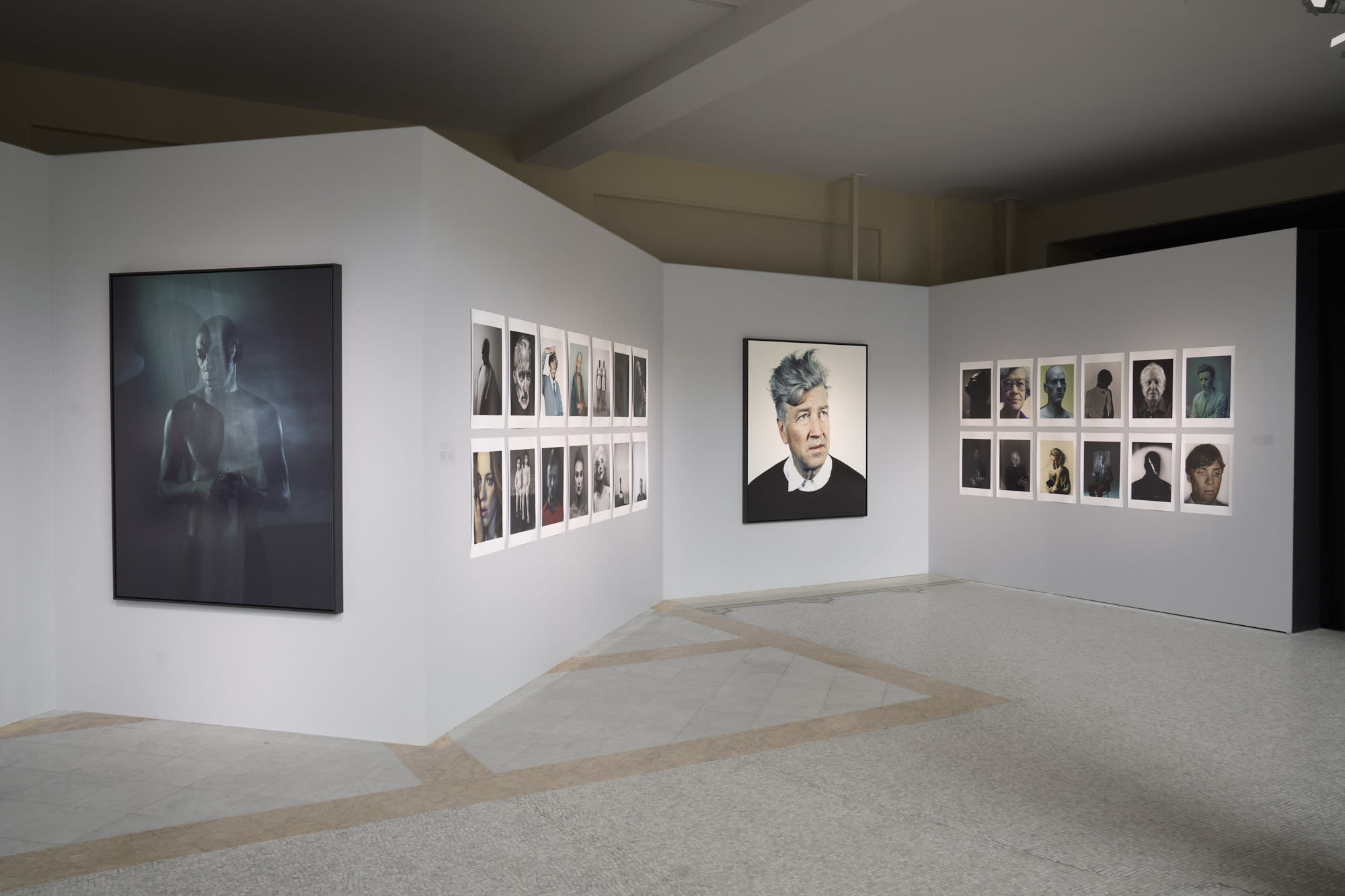
Portraits: 1991-present
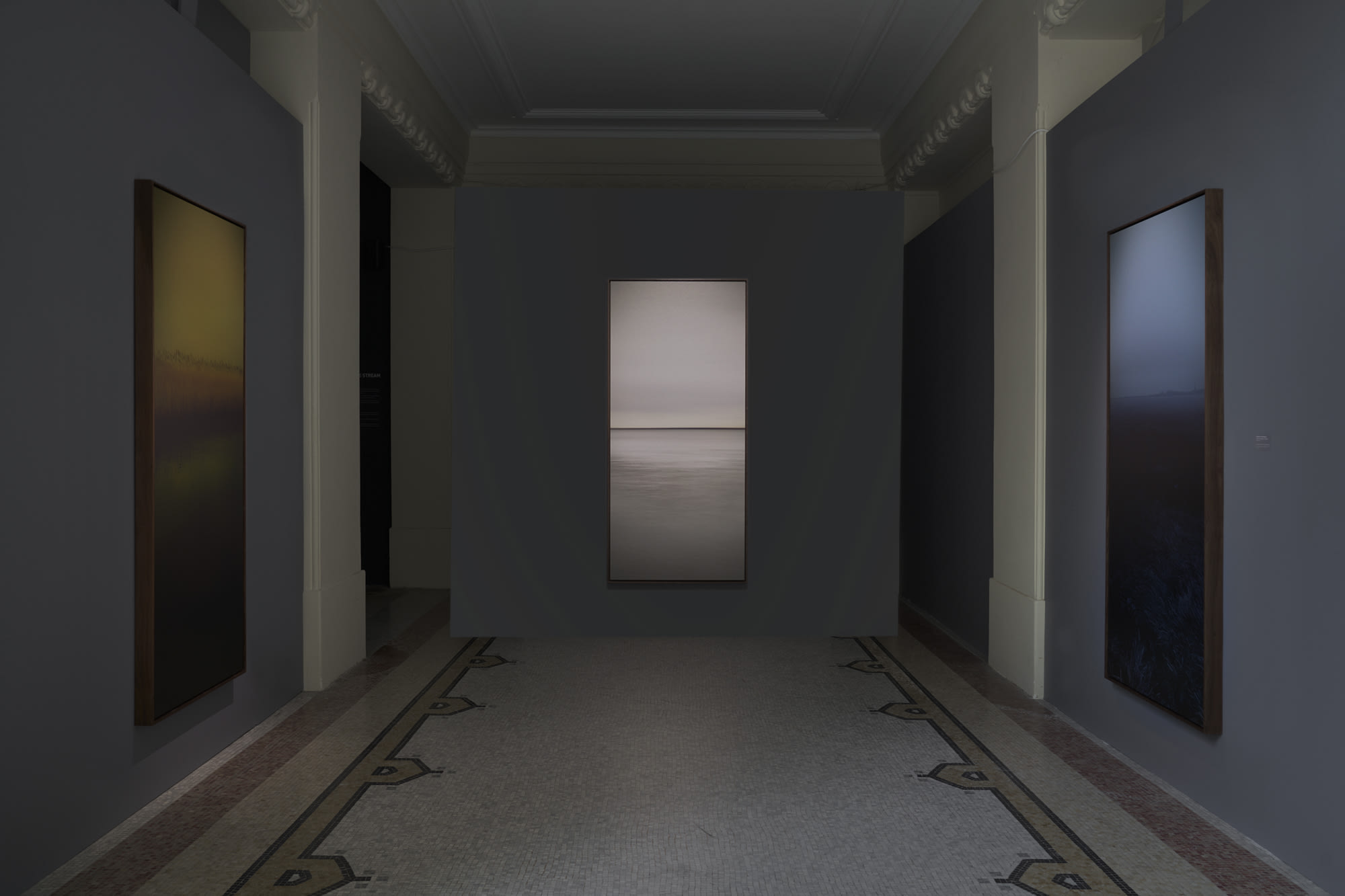
Dark Line - The Thames Estuary: 2015-present

Colour Fields: 2001-2003

God's Country: 1995-2009
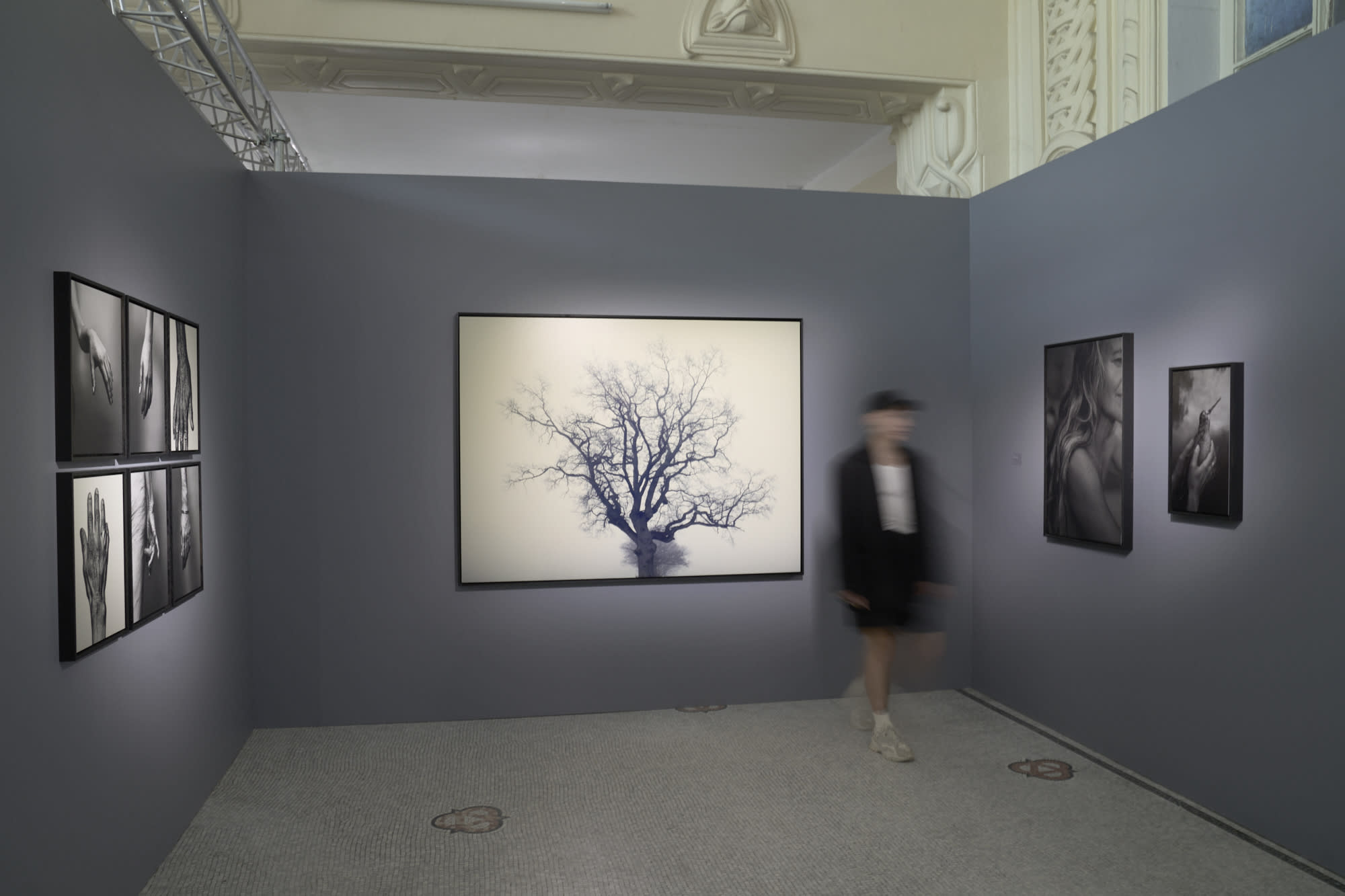
Threads: 1994-present


Bodies: 2010-2012

Half Life – The Chernobyl Disaster: 2004

Nadav Kander: The Edge of Things
For further information and details on works please enquire below
Enquire
